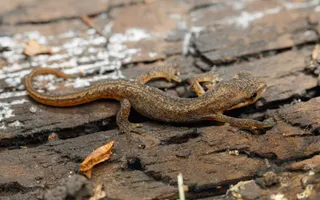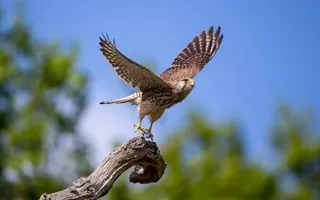Is it a newt or a lizard?
When it comes to small cold-blooded creatures, newts and lizards might seem similar. The main difference – which isn’t obvious at first glance – is that newts are amphibians from the Salamandridae family, while lizards are reptiles.












